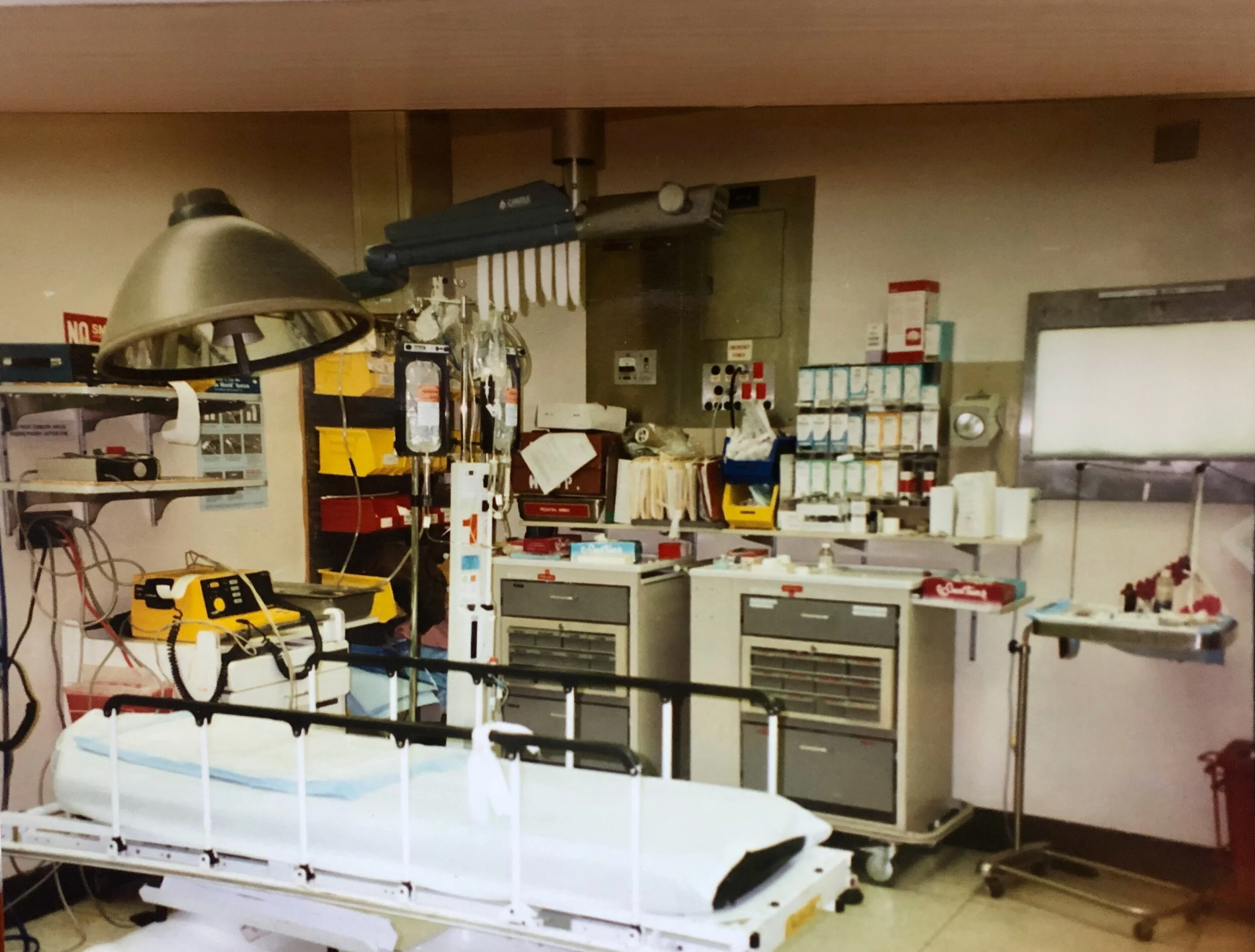When Lincoln Hospital first opened, the Emergency Department was split into three sections: surgical, medical and pediatrics; each being covered by their respective specialty. At the time, Jacobi was the only ER program in NYC. Lincoln quickly noticed the benefits of having an EM residency and the value of emergency medicine trained physicians. Lincoln and Metropolitan Hospital in Manhattan, at the time, worked closely clinically and educationally. The idea was to start a joint emergency medicine residency between the two hospitals. In 1979, Judith Tintinalli came to NYC to evaluate the sites. Upon review, she felt the two hospitals deserved their own separate residencies. Both hospitals were academic centers and provided a significant quantity of trauma, medical pathology, and volume which would produce quality EM physicians. Within a short time, Lincoln Hospital had created the current residency in Emergency Medicine. The first class was 1981-1982.
The program at Lincoln was structured to consist of PGY-2 and PGY-3 positions with the PGY-1 year occurring as a traditional internship at an outside program, similar to many other specialties at the time. There was one resident who transferred from a program which was closing in New Jersey. The following year there were 6 incoming second-years and the lone third-year. Dr. Joel Gernsheimer was key to the initial founding of the program and worked as the Program Director. He went on to become director of the year. Eventually, in 1989 the full complement of residents were realized, and the ER was approved to be a single department in 1989. It was run by various former EM residents, and physicians and surgeons grandfathered into the field of Emergency medicine. In time, the program would add an additional PGY-4 year and, in the 2010s, the formerly separate intern year was absorbed into the 4-year program to create the current PGY 1-4 model.
Lincoln has a storied history of not only emergency medicine expertise but also the expansion of the field. Early Lincoln EM graduates went on to help create EM Programs elsewhere and then work as Program Directors. A few of the many examples: Dr. Fred Schiavonne at Stony Brook, Dr. Michael Luchessi at SUNY Downstate/Kings County, Dr. Theodore Gaeta at Methodist, Dr. David Levy at Temple, Dr. Thomas Swoboda at LSU Shreveport, Stephan Rinnert at SUNY Downstate/Kings County, Dr. Richard Lanoix at St. Luke's Roosevelt, Dr. Michael Radeos at New York Presbyterian of Queens and Dr. Mary Anne Edens at LSU Shreveport. Also, Marc Borenstein who was an early member of the leadership team at Lincoln helped create the EM programs at UConn and Newark Beth Israel. In 1997 the program was an integral part in developing an academic relationship with Cornell University while paving the way for a program to be developed at NYP Queens. These great individuals help spread the word of EM from Lincoln to other places and many of the residents that they helped train did the same. The legacy of Lincoln Emergency Medicine is expansive and has quietly influenced the practice of emergency medicine immensely ever since the inception of the program.
“To bear trials with a calm mind robs misfortune of its strength and burden.”

